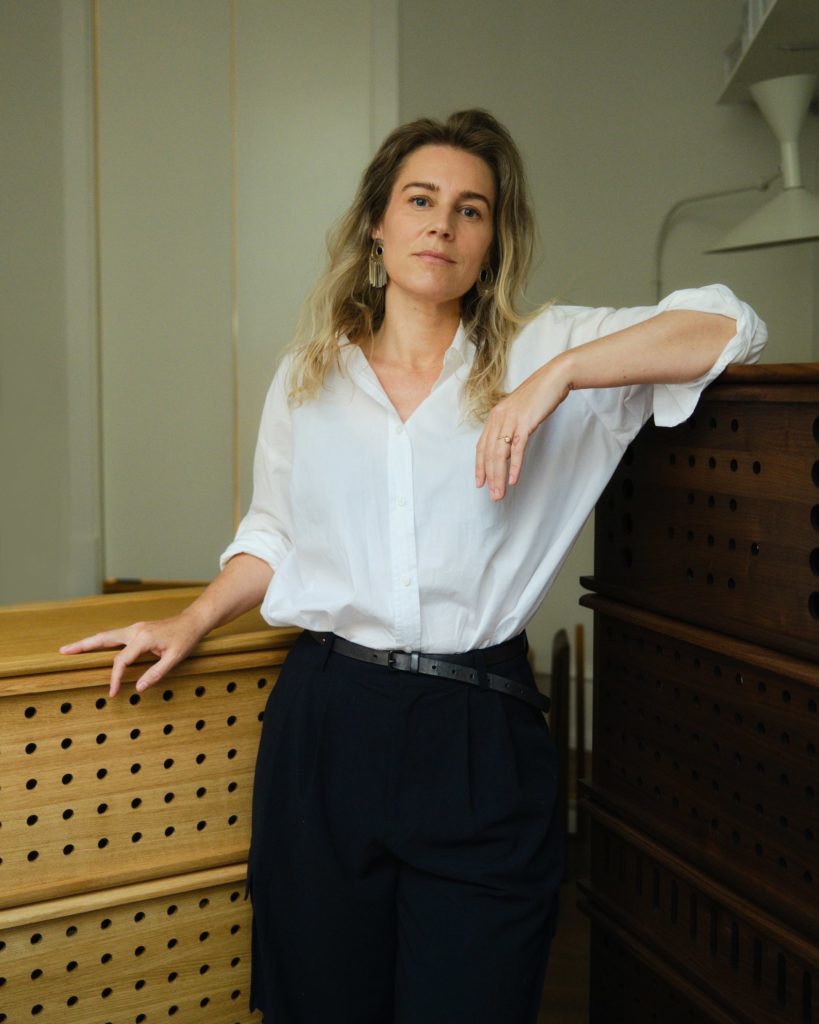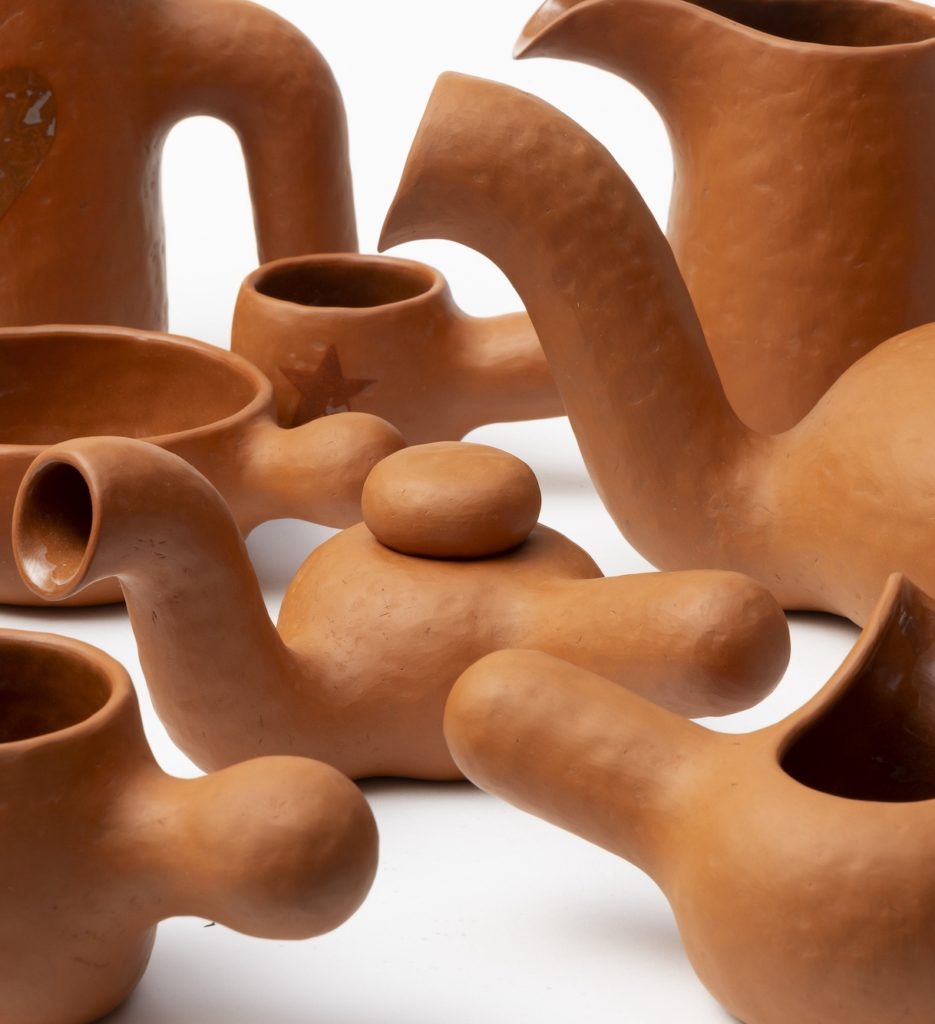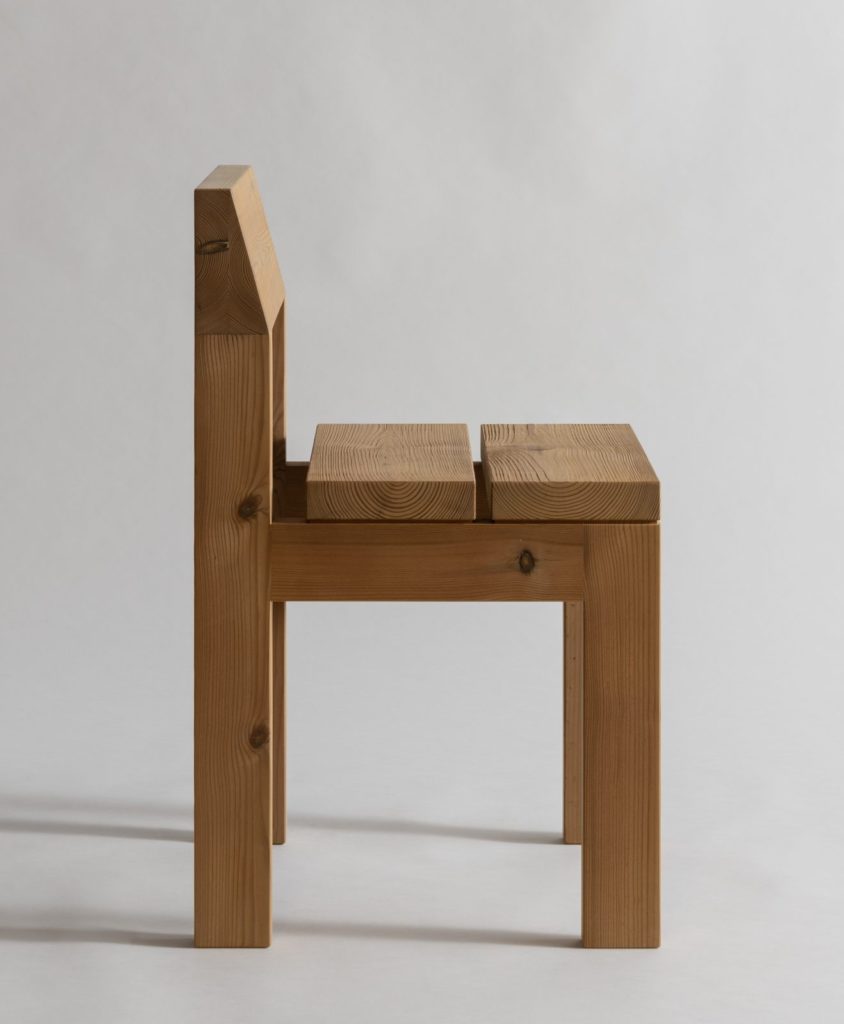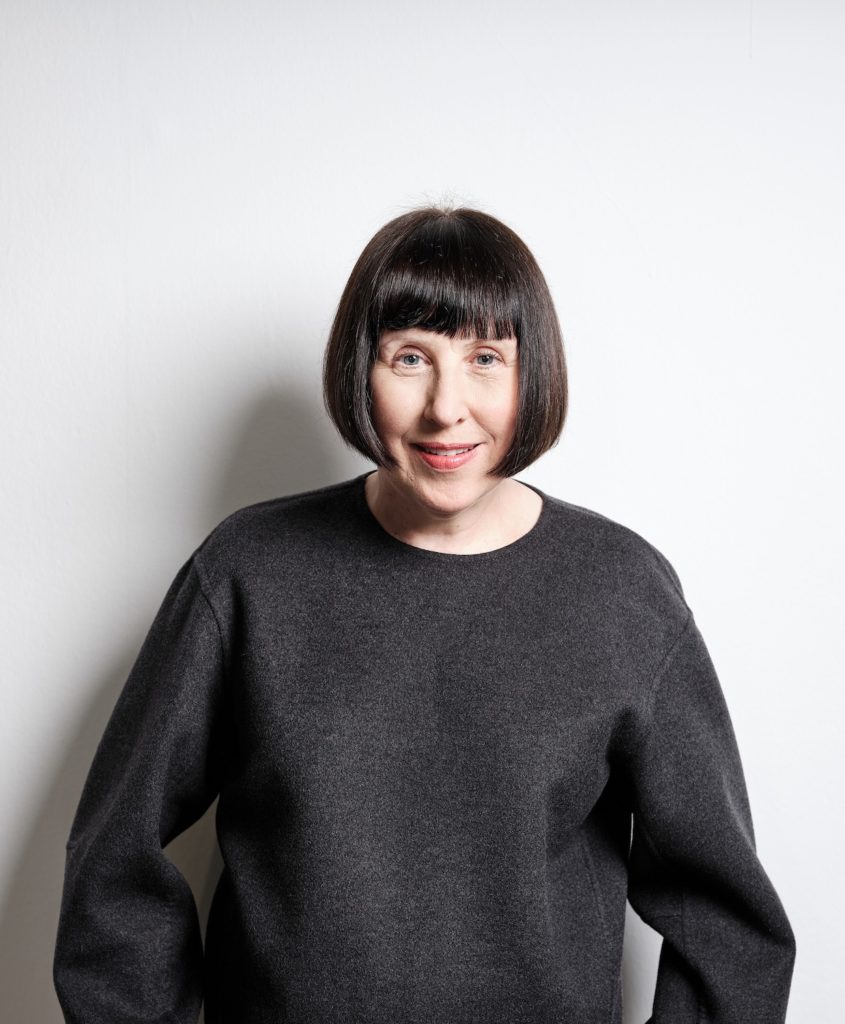Thomas Graversen: “The field between art and product is where the magic happens”
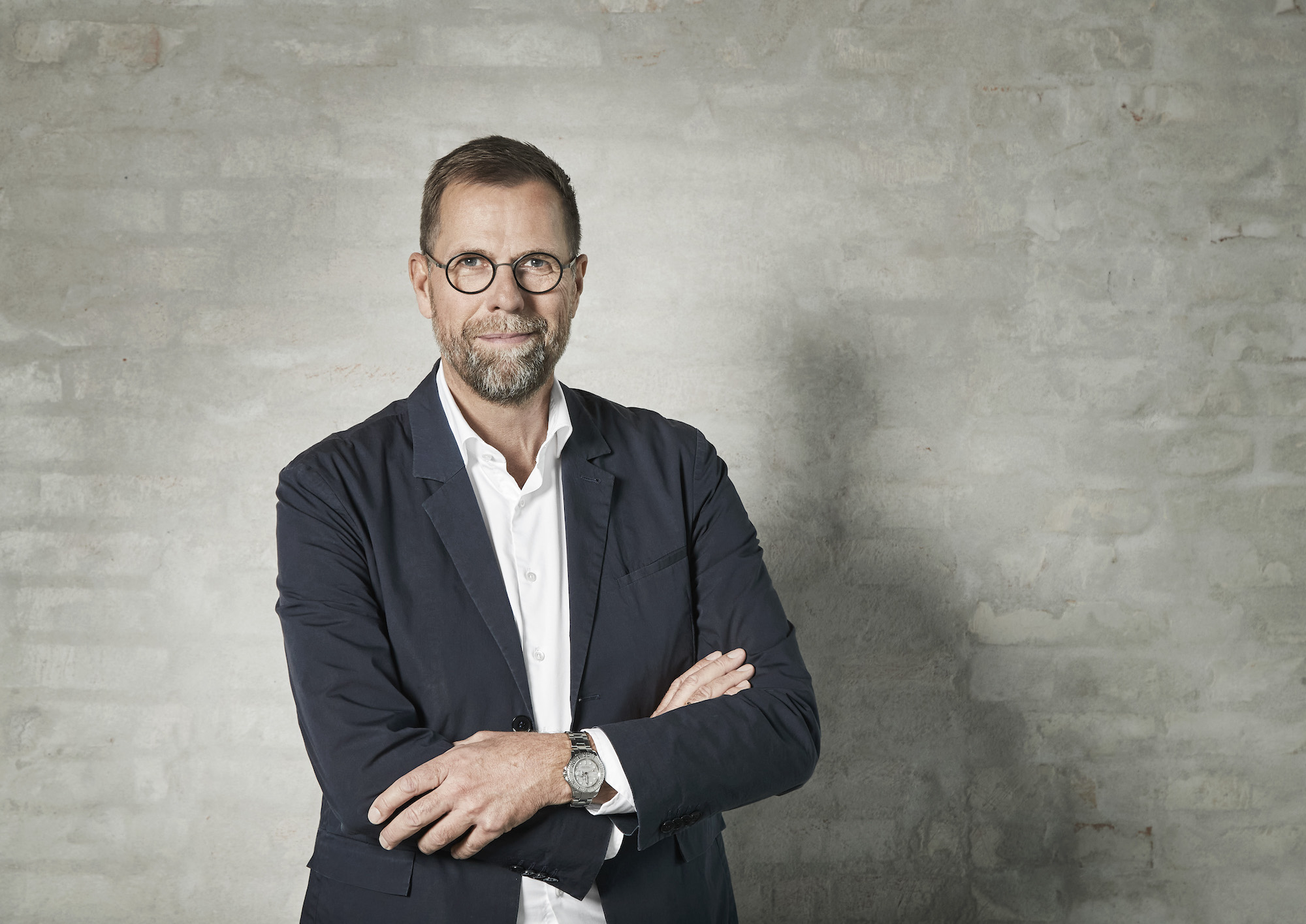
Thomas Graversen has been at the helm of Fredericia furniture for the better part of three decades and passed on the role of CEO to Kaja Møller in 2016. The family-owned business, which started as a chair factory back in 1911 in Fredericia on Denmark’s Jutland peninsula, prides itself on a vast catalogue of furniture classics and counts numerous collaborations with masters including Hans J. Wegner and Børge Mogensen.
Today Graversen, who recently appointed his son as the brand’s Head of Design and Product Management, helps oversee the business. A strong supporter of The Mindcraft Project, he sits down to discuss the importance for a business like his of uncovering young talent and how initiatives like Mindcraft offer the perfect platform for emerging designers to give way to their creativity.
Gabriele Dellisanti: What’s the current state of the Danish design industry?
Thomas Graversen: It has always had its generational ups and downs. I’ve been a part of it for so long that I have seen that some generations have had a bigger impact than others. For example, after all the well-known rockstars, like Hans J. Wegner and Børge Mogensen , the generation that followed didn’t really know how to build upon the work of these masters. But then came a newer generation of younger designers who said: let’s try to stand on their shoulders and see if we can go in a new direction. I appreciate that there are a lot of designers who are talented and interested in the craft. Now our work is all about uncovering the talent.
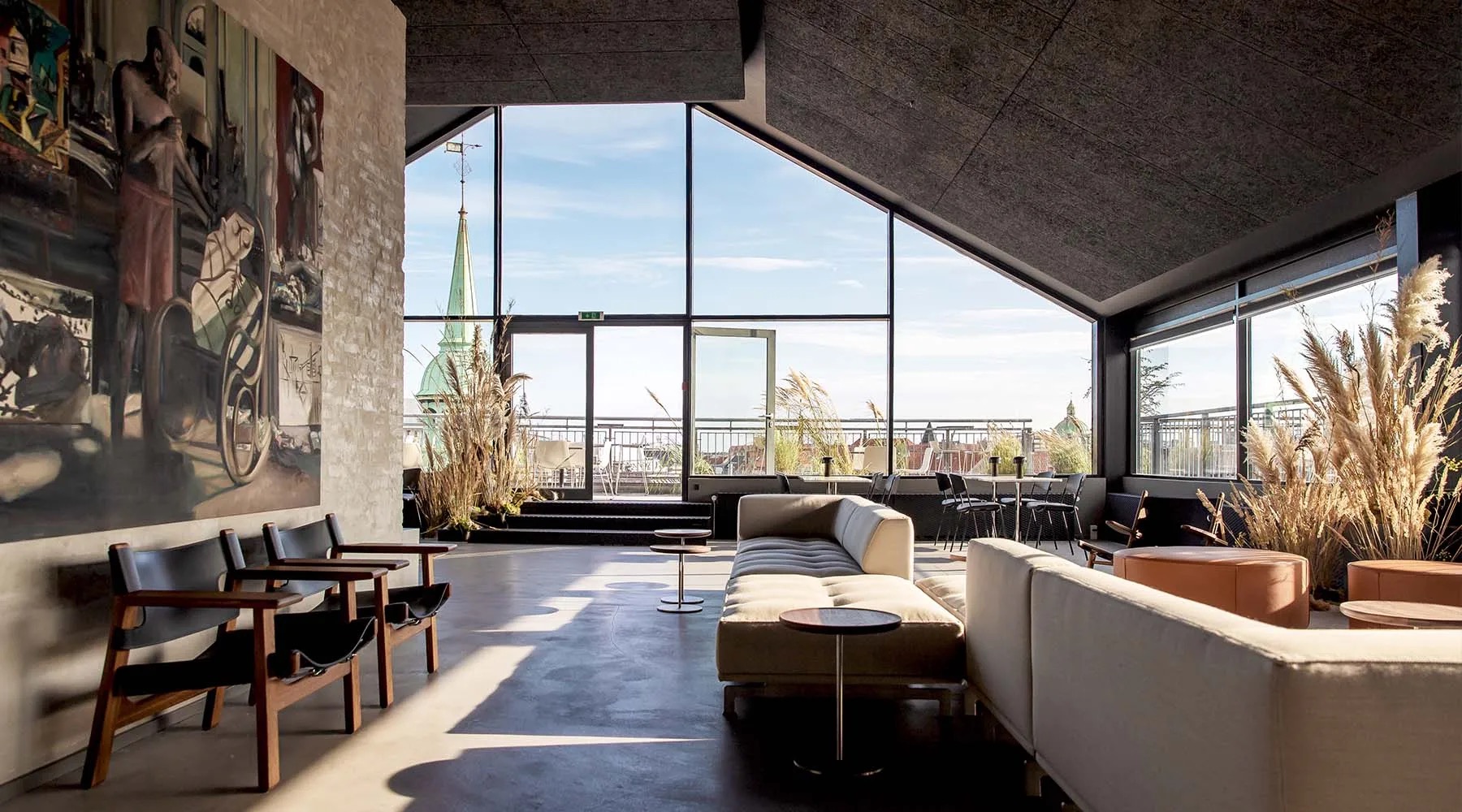
GD: And how do you go about it?
TG: At Fredericia we are a bit spoiled: when you have a collection which includes the works of some of the best designers in the world, you’ll undoubtedly get young designers reaching out to you. So we receive a lot of proposals. For us it’s important to be aware of what the industry needs. At that point, it’s not very difficult to spot the talent.

GD: Do you have an example?
TG: We started a recent collaboration with Maria Bruun, whose work perfectly blends art and furniture design and I was instantly attracted to her work. I’m always inspired by people who don’t necessarily attempt to design a bestseller from scratch, but rather play a bit with the material and explore boundaries. I’m sure that she will make a name for herself as a very talented and established furniture designer for many years to come. Especially because she knows her design history well. I think you need to know who you’re standing on the shoulders of to make things better. Because it’s not just about form, it’s about function and purpose too.
GD: What have you learnt from spending years at the helm of Fredericia?
TG: I’ve been in this business for what feels like forever. I’m also part of the board of the Danish Design Centre and a member of the Design Council. So design is very much my life. And one thing I think is extremely important is collaboration. If you want to have the ambition to create and produce new furniture that will be accepted by your audience and has longevity and quality at its core, you have to be in constant creative dialogue with designers and be able to mutually bring in new ideas and opinions. And I think Fredericia is good at that and that’s why we’ve been able to create so many classics.
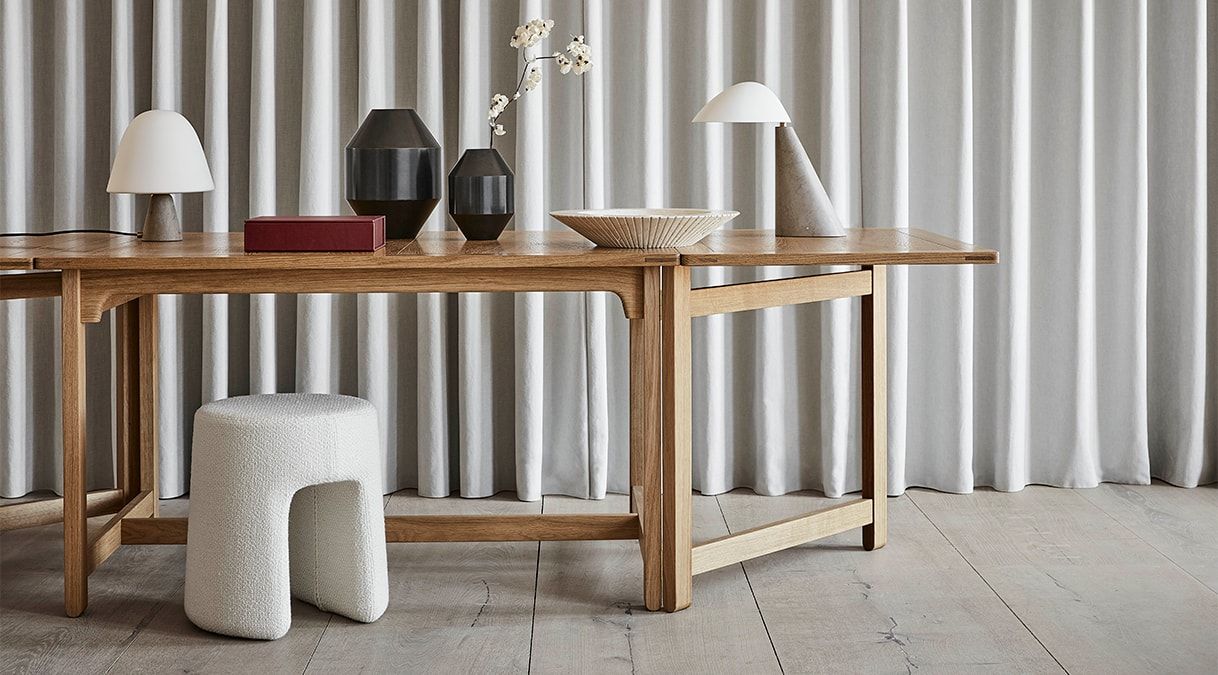
GD:You say design is about providing solutions. What kind of solutions should it be providing today?
TG: We should be thinking about how to best address the climate crisis. Design is a fantastic way to solve many of our problems. For me design has never been only about form: of course a strong aesthetic is important, but if there isn’t a purpose, then design is useless. We could argue that there’s enough furniture in the world, but there’s always ways to make things better. And design should always be the solution, showing how we can create pieces that are crafted to last, for example.
GD: In light of our conversation: what are your thoughts on The Mindcraft Project?
TG: Just like the case of Maria Bruun, Mindcraft is all about understanding the field between art and product, which I think is where the magic happens. When I talk about monitoring where things stand among designers and within the business, Mindcraft is where to go. Because it’s a venue that allows you to think out of the box. While with a manufacturer you’ll be making a business case and forced to adapt to certain limitations with The Mindcraft Project you can set your mind free, be an artist and mix things as you wish. It has become an arena where designers have the guts to show their talent. It is a safe space to be more sophisticated than if you’re, for example, attending a regular furniture fair. It’s a fantastic project and I love it.
